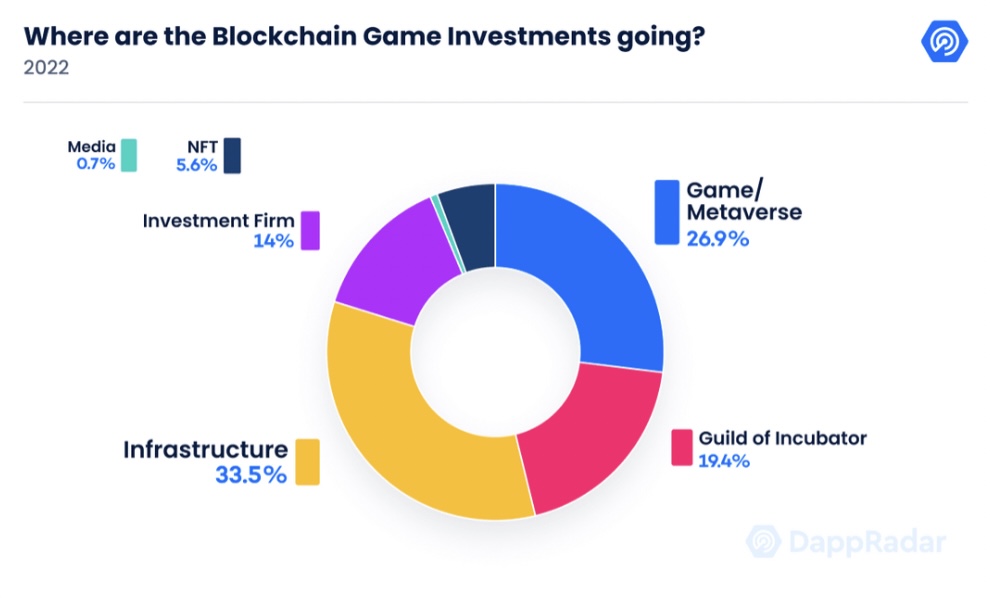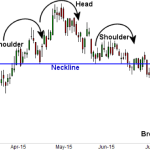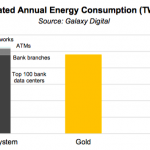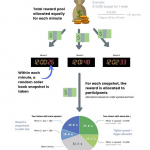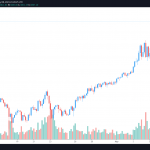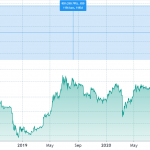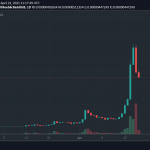2022 was a huge year for the play-to-earn (P2E) gaming scene. An influx of capital and users was followed by a sharp downturn in blockchain game token prices and a decrease in players — and the market is still reeling. And, with fallout from the FTX disaster reaching into every corner of the industry, play-to-earn’s prospects seem bleak on the surface. But peeking under the hood, the numbers tell a different story: Strong funding this year has set the stage for serious “buidling” in 2023.
A consistent flow of strong raises for Web3 gaming studios has been silently infusing the market with funding for months. In August, UnCaged studios raised $24 million, contributing to nearly $750 million raised by Web3 gaming studios in that month alone. The momentum continued through September when Revolving Games raised $25 million, and October, when Odyssey Interactive, Stardust and SkyWeaver pulled in $19 million, $30 million and $40 million, respectively. Thirdverse raised $15 million for Web3 and virtual reality (VR) games in November;
These numbers directly contradict the plunging asset prices and player enthusiasm about the Web3 gaming space. But even as gamers and tokens falter, venture capitalists are betting big on the future of blockchain gaming. Which studios will win out in the year ahead? And why?
Instead of gambling on speculation, VCs are betting on experience
One noteworthy element throughout the raises that have taken place in recent months is that the majority of studios that have received funding are not conducting seed or pre-seed rounds. Rather, they’re holding Series As.
Of course, there are exceptions to this rule. Some studios have successfully completed seed or pre-seed rounds. But even then, their founding teams have serious gaming experience. For instance, Ruckus Games, which recently raised $5.5 million in seed funding, is a game studio started by former Gearbox and Riot Games developers. This indicates that VCs are focusing on studios with gaming experience — a departure from the early days of Web3 gaming.
During that early period, many Web3 gaming projects received robust funding without having a clear roadmap toward the launch of their products nor founding teams with the proven experience to make it happen. Indeed, the YOLO days of late 2021 and early 2022 are long gone. Today, the studios that are receiving funding already have a level of proven success building Web3 games. VCs are now thinking farther into the future, even as far as five to ten years down the road.
Related: 2023 will see the death of play-to-earn gaming
While this timeframe may seem many lifetimes over in the crypto world, this horizon is normal for studios in the traditional gaming sphere. The shift to longer-term thinking also shows that studios are beginning to understand that individual games have shelf lives — and that investing in the studios that build the games is a more effective approach.
How will crypto gaming change?
Looking at these raises combined with long-term trends in Web3 gaming, we start to see that some patterns are beginning to shape the industry’s future.
So what will the impact of all the raises be in a few years?
Related: The feds are coming for the metaverse, from Axie Infinity to Bored Apes
We can certainly expect a strong emphasis on mobile gaming. In September, DappRadar reported that hyper-casual mobile blockchain games brought more than 1.7 million users from Web2 into Web3 gaming in a single week.
With these changes underway, it seems likely that Web3 gaming will enter the “mainstream” and that within the next five years, the global index of the top 100 gaming studios will contain studios that have strong blockchain elements.
Here’s to the long game
We probably haven’t seen the last of the large-scale raises that have been happening in the Web3 gaming space these past months. The Web3 gaming hype cycle has officially passed, and the space is in “buidl” mode. And this time around, investors are interested in studios that are playing the long game (pun intended).
This change in focus, combined with the significant fluctuations in the larger blockchain technology industry, will create new dynamics and opportunities for builders in the P2E market in 2023. Raised expectations from both players and funders will separate the wheat from the chaff. Priorities in 2023 and beyond will focus on quality over quantity. In the end, those who can create the most outstanding games will win. So game on.
This article is for general information purposes and is not intended to be and should not be taken as legal or investment advice. The views, thoughts, and opinions expressed here are the author’s alone and do not necessarily reflect or represent the views and opinions of Cointelegraph.

